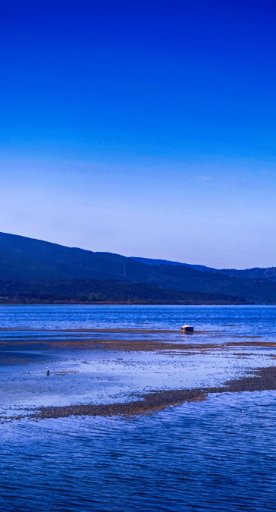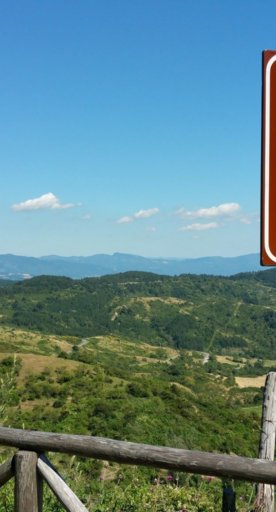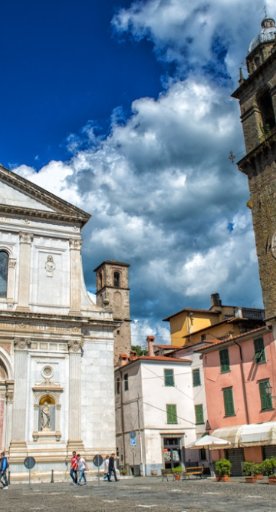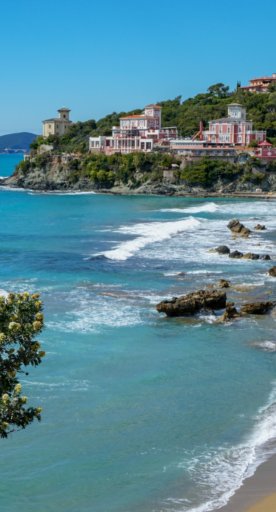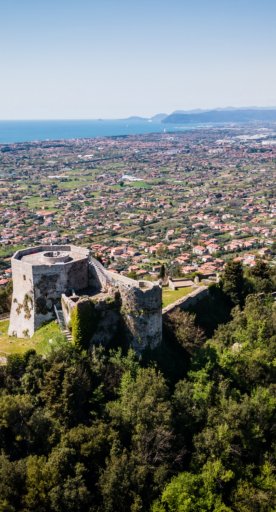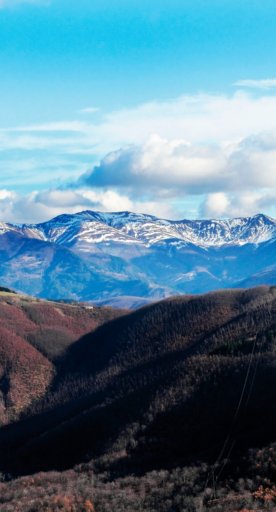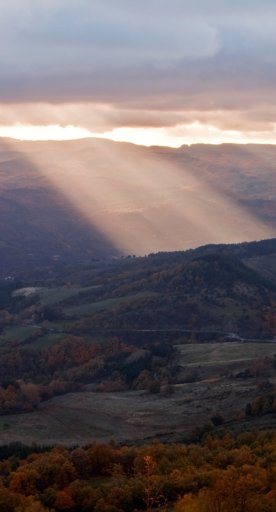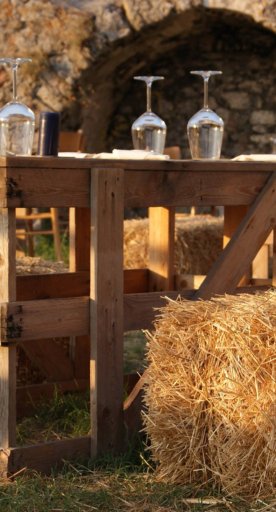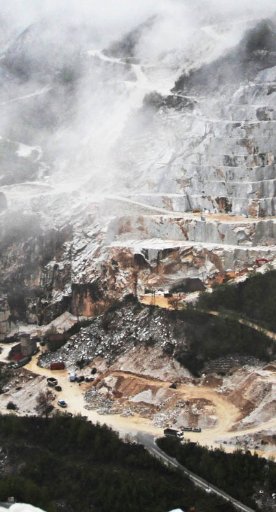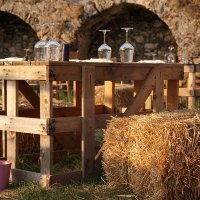

The Apuan Riviera and marble
A journey into the history of white marble of the Apuan Riviera Terra Scolpita in the name of new experiences and suggestions
The marble quarries are among the most characteristic places of the Apuan Riviera. Imposing, suggestive and unique in the world, they can give the visitor an unexpected landscape. Already visible in the valley looking towards the mountains, they are easily reachable from the town center with a short journey by car, motorbike or, why not, even by bicycle.
-
1.Excursions in the quarry
-
2.Street Art in the quarry
-
3.The marble museums
-
4.The historic centers and the quarrying villages
-
5.Events and shows in the quarry
Excursions in the quarry

It is possible to enter the heart of the quarries with guided tours, to discover the extraction work and its history. Among the main Fantiscritti, Gioia, Torano, Ravaccione… can be visited independently or through a shuttle service and internal tour, perhaps enriched by an aperitif or a tasting of typical products or even the possibility of sculpting stone.
In addition to being a place of landscape and natural interest, as well as extraction and trade, the quarries have handed down a system and a culture since ancient times: they contain within themselves the history, fame, customs and traditions of a millenary activity, which began in Carrara in Roman times, passing through the hands of great artists, architects and builders. Over the centuries, the extraction technique has evolved but it is still possible today to learn about the "lizzatura" method, used since the mid-twentieth century and now replaced by more advanced technologies. This ancient technique arose in ancient Egypt and consisted in transporting the marble from the quarry to the valley on wooden beams, a sort of sled, on which the blocks were tied and made to slide along, precisely, the so-called "Vie di Lizza".
Street Art in the quarry

And it was Michelangelo who made the precious stone even more famous, when he personally went to the Apuan Riviera to choose the block of white gold from which he would carve, between 1497 and 1499, the famous Pietà exhibited in Saint Peter's Basilica in the Vatican. The sculptor is still honored today right inside the excavations, on the marble walls, with famous contemporary street art works, such as the mural by Eduardo Kobra depicting David at the Cava di Gioia, and the painting by Ozmo in the Ravaccione quarry.
The marble museums

It is precisely from the relationship between Carrara and the famous Renaissance artist, that the Carmi Museum erected. This museum which houses testimonies of Michelangelo's various travels and his artistic-commercial relations with our territory, as well as works by contemporary artists. In addition, there are many city institutions that deal with the conservation and enhancement of marble: from the Plastic Arts Center, an exhibition venue, to the Academy of Fine Arts, to private galleries and art studios where sculptors work with stone, creating surprising works. Other important museums are the Civic Museum of Marble, rich in sculptural collections and archaeological finds with a multimedia space dedicated to the knowledge of marble history, and the Gigi Guadagnucci Museum, inside the Rinchiostra Park in Massa, which pays homage to the sculptor by presenting his beautiful works but which also deals with the realization of artistic projects always maintaining a strong link with contemporary art.
The historic centers and the quarrying villages

Much of the architecture of the Apuan cities is made of marble: cathedrals, squares, streets, alleys, stairways, jambs and benches ... In addition to the town centers, the characteristic villages at the foot of the quarries, traditional places of the quarrymen but still alive and inhabited today, keep intact all the characteristics of life linked to marble and work in the quarry. The town of Colonnata deserves particular mention, as it is an ancient village surrounded by quarries and famous for its lard, a typical salami made in marble basins, a product that can only be found here and nowhere else in the world!
Events and shows in the quarry
There are many temporary and permanent initiatives created to tell the story of the territory and the stone, its famous resource: symposia, exhibition spaces, installations, art itineraries, meetings, open workshops, exhibitions, sculpture shows and more. But it is only during the last few years that the quarries have discovered new life, becoming an important scenographic place! Think about what it would be like to visit the quarries and find yourself on a film set! Not just a place of work, effort, traditions ... today the quarries are the protagonists of setting up events and other celebrations: the scenographic aspect that the quarry offers has led over the years to think of it as an evocative place for dance performances, concerts, six photographs and film, as well as for commercials and music videos: from Momix to 007 films, from video clips by Giovanni Allevi and Vinicio Capossela, or by the “local” Francesco Gabbani, to video-art works such as Il Capo by artist Yuri Ancarani. Private parties, DJ sets, weddings, aperitifs ... a majestic and infinite place, with multiple possibilities, the quarries are now a fascinating location, dedicated to much more than the simple marble extraction: this is where history is written and dreams come true , like heavy and firm blocks transformed into delicate animated sculptures.







